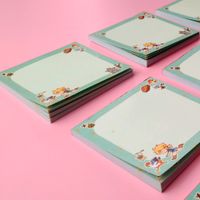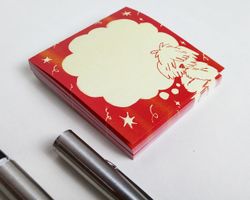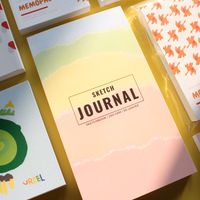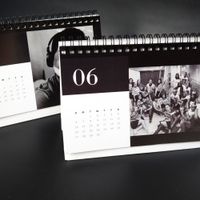
What is Binding?
Binding is the process of securing individual sheets of paper together to produce a cohesive and durable document, such as a book, booklet, magazine, or catalog.
This step is crucial in the printing process, as it not only unifies the pages but also imparts a polished appearance and texture to the final product. Choosing the right binding method depends on the project's objectives, page count, and budget.
What are the Binding Methods Inkplace is offering?
1. Perfect Binding
Also known as soft binding, this method is used for paperback books, catalogs, and zines with higher page counts. It glues the pages to a wrap-around cover to create a clean, professional-looking square spine.
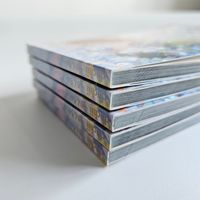

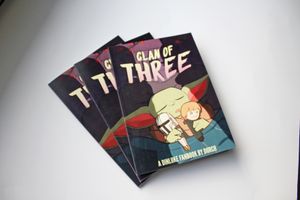

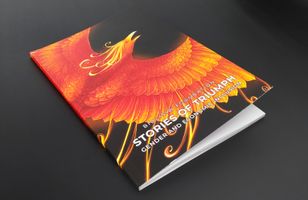

2. Staple Binding
Also known as saddle stitching, it is the most common and economical binding method for creating booklets, zines, and programs with a lower page count. This process involves folding the pages and securing them with two or more wire staples along the folded spine. The simplicity and efficiency of this method make it a popular choice for brochures, newsletters, and small catalogs. It's a professional-looking finish that is both cost-effective and perfect for quick-turnaround projects.
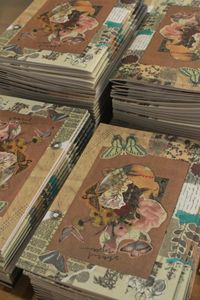

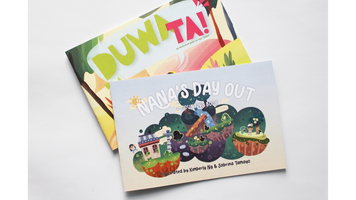

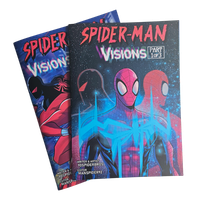

3. Ring Binding
Also known as double-loop binding, is a sophisticated and durable bookbinding method that provides a clean, polished finish. The process begins by creating a series of small, uniform holes along the edge of the paper stack and cover. A C-shaped wire spine is then fed through these holes and professionally closed to form a secure, double-loop closure. This technique is highly valued for its ability to allow pages to turn 360 degrees, making it an excellent choice for calendars, manuals, corporate reports, and any document where a flat lay is essential for usability.
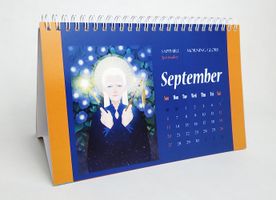

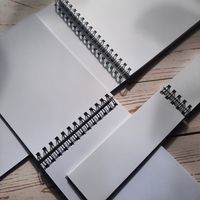

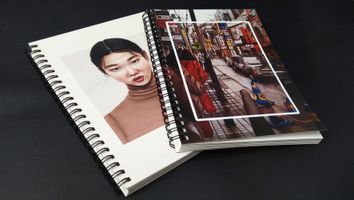

4. Padding/Glue Binding
Pad binding is a straightforward and practical service that's perfect for creating tear-away documents. The process uses a specialized, flexible adhesive to glue one edge of a stack of loose sheets together. This creates a neat, professional-looking pad where each individual page can be easily torn off cleanly without affecting the rest of the pad. This method is the industry standard for producing a wide range of products, including notepads, desk pads, order forms, and tear-off calendars.
